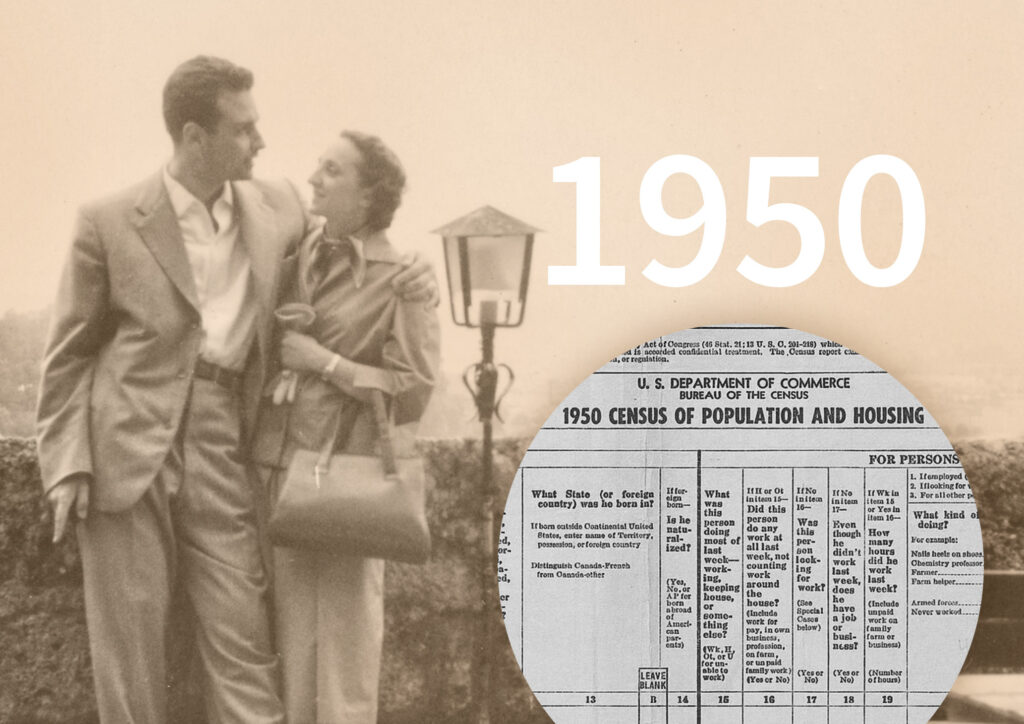From Grant Din, grant@tonaidin.net

I just got this from fellow genealogist Renee Carl last week. “NARA just dropped a press release announcing that the 1950 Census will be powered with an AI/ML/OCR name search.” Renee was involved in a beta test and was seriously impressed with this Artificial Intelligence/Machine Learning/Optical Character Recognition technology. I encourage you to read the NARA release she links to. It sounds like this technology will allow you to search for names right from the time the census is released on April 1, 2022, but in case you can’t find who you are looking for, there are actually other ways.
When the 1940 census results were released in 2012, the volunteers at Family Search, the paid indexers at Ancestry and other people took about 4-6 months to index the records, so this technology could save us many months of waiting. In case you can’t find your family through this name search right away, you can also search through Enumeration Districts (E.D.s), which are smaller segments of a community and not too difficult to look at block by block.
There are ways to figure out ahead of time which E.D.s your family members may have lived in so you can look in them as soon as the census is released on April 1. I just attended a webinar by Thomas MacEntee and he had two handouts he encouraged us to share (please attribute them to him if you pass them along). One is full of great information and links (ignore where he says the 2022 release date is two years away!) and the other is a spreadsheet you can use to input your family’s (or whomever you are researching) information in an organized fashion, which he describes in the informational handout.
If you know or can figure out where the person you’re researching lived (there are many directories online, or you can use correspondence or ask someone who was alive then), you can use an amazing tool developed by Steve Morse (developer of the Intel 8086 chip!). Go here:https://stevemorse.org/census/unified.html and click on 1950 in the pull-down menu at the top of the page. Then pull down the appropriate information to find out which enumeration districts correspond with the address you’re looking for.
It also works for rural areas. For example, a lot of people have roots in the Sacramento River Delta – towns like Isleton, Walnut Grove, Locke, Courtland, etc. You can select Sacramento County, then under city, choose “Other.” I typed in “Courtland,” and got 34-119, which includes ” GEORGIANA JUDICIAL TOWNSHIP (TRACT SC-136) BOUNDED BY (N) COUNTY LINE, JUDICIAL TOWNSHIP LINE; (E) JUDICIAL TOWNSHIP LINE; (S) LAUREL LN; (W) SACRAMENTO RIVER, COUNTY LINE, AND SHOULD CONTAIN LAMBERT, VORDEN, COURTLAND.”
That’s just one example. This information should help you find family members when the 1950 census is released on April 1, 2022! Please post if you have other ideas or if I have some incorrect information.
